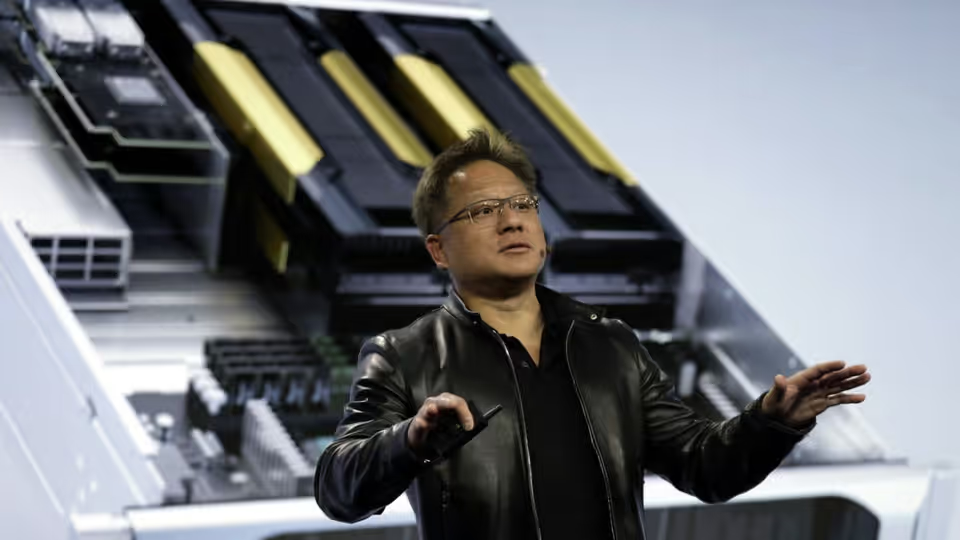
Nvidia Pegs Software-Defined Radios, Edge Computing as Key to 5G Cellular
Nvidia has announced the launch of an edge computing platform and supporting software development kit for 5G network operators, explaining that software-defined base stations with high-performance local computer will be key to the future of cellular network services.
Unveiled by founder and chief executive Jensen Huang during the Mobile World Congress in Los Angeles this week, Nvidia's Aerial software development kit targets network operators looking to launch 5G services - including those powered by artificial intelligence and deep learning algorithms.
Huang told attendees that traditional network hardware can't be rapidly reconfigured as and when required, necessitating a new network architecture which is both high performance and which is "reconfigurable by the second." These virtualised networks, based on software defined radio technology, are "critical to building a modern 5G infrastructure capable of running a range of applications," Huang continued.
To support that, Huang unveiled two Nvidia projects: The EGX edge computing platform, and the Aerial software development kit. The former uses Nvidia graphics processing units (GPGPU) to put high-performance compute at the edge of any network, including cellular networks; the latter provides developers with toolkits for building software-defined 5G radio access networks which can take advantage of these GPUs to accelerate signal and packet processing tasks.
The Aerial SDK is split into two sections: The CUDA Virtual Network Function (cuVNF) provides optimised input/output and packet processing with the ability to send 5G packets directly from network cards to the GPU's memory for maximum performance; the CUDA Baseband (cuBB) SDK provides a GPU-accelerated 5G signal processing pipeline, keeping all physical layer processing within the GPU's memory for maximum performance. Both can run on the EGX platform on any server or edge-computing device with Nvidia GPUs.
"5G networks must rely on software-defined infrastructure from the core to the edge to enable a range of high-value services, like AI/ML, IoT and autonomous driving," says Red Hat chief technology officer Chris Wright, whose company has partnered with Nvidia on the project. "Red Hat’s vision of extending cloud-native technologies to the edge combined with Nvidia’s flexible Aerial SDK aims to bring GPU acceleration to 5G RAN. We've teamed up with NVIDIA to provide our customers with standardised 5G infrastructure that enables them to develop and deploy their edge applications faster."
Nvidia Aerial is sampling with early access partners now, with a full launch due later this year. More information is available on the official website.